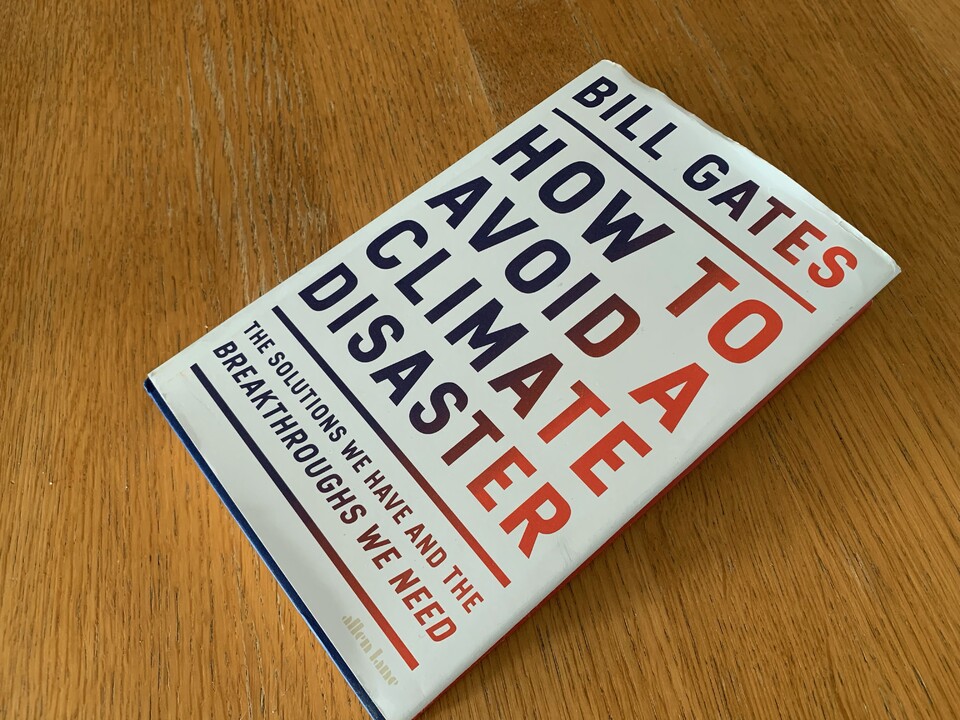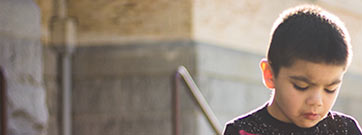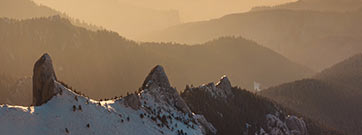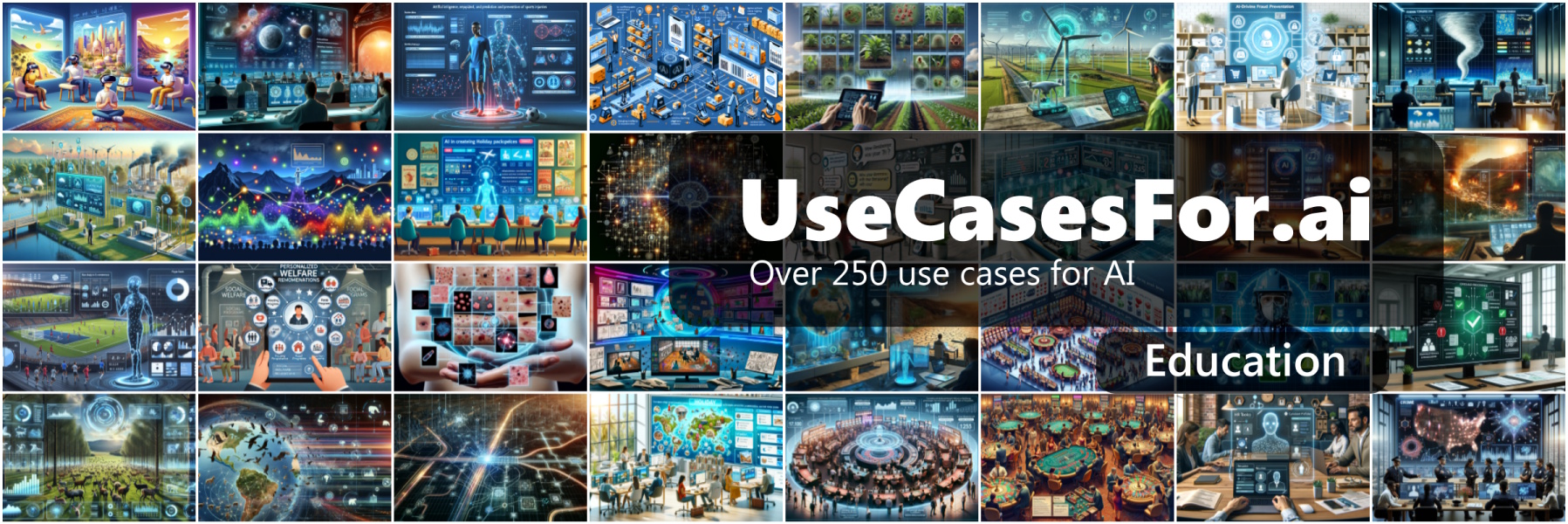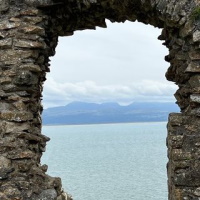How To Avoid A Climate Disaster by Bill Gates will probably jump into the top 10 of my all time favourite books because of just how much I have learnt from it and how much it has changed my perspective on things.
What can you say about this book? As well as finding Bill very easy to read.. It's amazing.
One of the things that is clear and remarkable about this book is the personal passion and research that has gone into it from the Author. Here is a person whom isn't just knowledgeable about a subject and wanted to write a book to share that knowledge (which he does well), but whose intentions are to make the world a better place for future generations. How many of us authors can say the same?
And with his work, experience and real world results from the Gates Foundation - he and his organisation have a track record of making the world a better place. We should listen to what he/they have to say.
Note: Bill and the Gates Foundation invest/place a number of bets on a number of advanced energy technologies that are under development.
The Situation
Bill begins by educating the reader of the gravity of the current situation, where the world balances on a knife edge between disaster and prosperity and where insufficient action right now will result in millions of deaths in the near future with a high degree of certainty. This isn't scaremongering, Bill makes sure to back up his claims and observations with facts and figures (possibly why he's a big fan of Factfulness).
He sets the scene of what the future might look like if we don't reduce our global annual output of 51 billion tonnes of Greenhouse gases to zero and it is grim. Inaction isn't an option.
He describes how we are already seeing the ramifications of decades of greenhouse gas production, which are resulting in more and more storms, flooding and droughts causing Billions in damage and destroying much needed infrastructure, especially in poorer areas that can't rebuild as quickly or bounce back. In some cases setting local communities back by years or destroying communities livelihoods.
As the momentary cost and the loss of human life caused by climate change continues to rise, the argument and need for investing in climate change prevention is becoming more and more obvious and appealing. But we need to accelerate and improve our climate change reduction efforts if we are going to stop problems before they get (a lot) worse.
The Problems
Bill outlines the technological, logistical and political issues and highlights just why reducing global greenhouse gas emissions is a complex multi-faceted problem where there is no simple solution. He talks about the history of fossil fuels, why they produce so much energy and why the planet is hooked on them and has been for the last 150 years.
He breaks down the problems into the main categories of greenhouse gas contributors and even the proportions surprised me.
- Making things (cement, steel, plastic) - 31%
- Plugging in (electricity) - 27%
- Growing things (plants, animals) - 19%
- Getting around (planes, trucks, cargo ships) - 16%
- Keeping warm and cool (heating, cooling, refrigeration) - 7%
And these will only increase as bill points out.. as nations and their people become more successful and wealthier they will want to build more buildings/infrastructure, grow more food as the population increases and ship/import/export more goods.
Many of the difficulties have never occurred to me:
Things like how much land space is actually needed if we were to rely solely on solar and wind power.. it turns out a lot.. much more than you would think.
How the main impediment to making large planes, trucks and ships run on electricity is the relative proportion/size of batteries needed to hold the electricity needed would be prohibitive so we need better/smaller battery technology.
How much of the emissions come from livestock and growing crops. There are apparently a billion cattle on this planet. Interestingly he mentions how many calories it takes to feed different animals to produce the same amount of calories for consumption. It can vary between animal.
He explains why just by building more buildings and infrastructure using cement and steel (and mentions some of the chemistry involved) we are massively adding greenhouse gases to the atmosphere.
How our increasing use of air conditioners to cool us down in an increasingly warming world is actually making the world warmer - There's a cyclic conundrum if I've ever seen one.
And most of all Bill highlights that is the poorer population that will suffer the most from climate change, whilst it is the wealthy nations that have done the most to cause climate change (either directly or outsourcing production to other nations).
The Solutions
I believe Bill to be an optimist. (I think you have to be if your goal is to help save the world). Thankfully, this optimist has some good suggestions as to how we can reach zero. It wont be easy though.
He excitedly discusses some of the technological breakthroughs that he is and isn't involved with and the relative cost and difficulty of implementing them. Technologies such as direct carbon capture which pulls carbon out of the air (prohibitively expensive to scale) as well as the continual promise of fusion.
He praises the ongoing work by various organisations to produce variations of crops that grow in harsher environments or produce greater yields. For example, a variety of rice called "Scuba rice" has been developed that can live under water for 2 weeks and therefore more likely to survive flooding.
The promise of renewables, which can only produce electricity some of the time meaning we need better ways of storing electricity for later use and then distributing it (a more difficult problem than you might think). He also discusses nuclear, hydro and geothermal energy and their merits and restrictions.
Towards the end of the book, Bill mentions Geo-engineering. Drastic measures to help reduce world temperatures should they be needed in an emergency (but shouldn't be relied upon). They include things like making clouds whiter to reflect more sunlight. Strange but true.
He identifies one of the main enablers to reach Zero being Government and politics. He outlines how Governments have the ability to make using fossil fuels less appealing and clean energy more appealing and stimulate further clean energy R&D and innovation. They will play an incredibly important part to help avoid a climate disaster.
Summary
This book left me feeling a lot more informed as to the gravity of the current climate crisis, the problems we have and the complex issues around developing multiple solutions to solve them.
Just as importantly it left me wanting to do more to help prevent a climate disaster. I have an idea how perhaps in a small way I can help and encourage others to help (more information to come - watch this space).
I strongly recommend reading this book if you live on this planet.
-- Lee
Note: I will be updating my all time favourite book list shortly.
